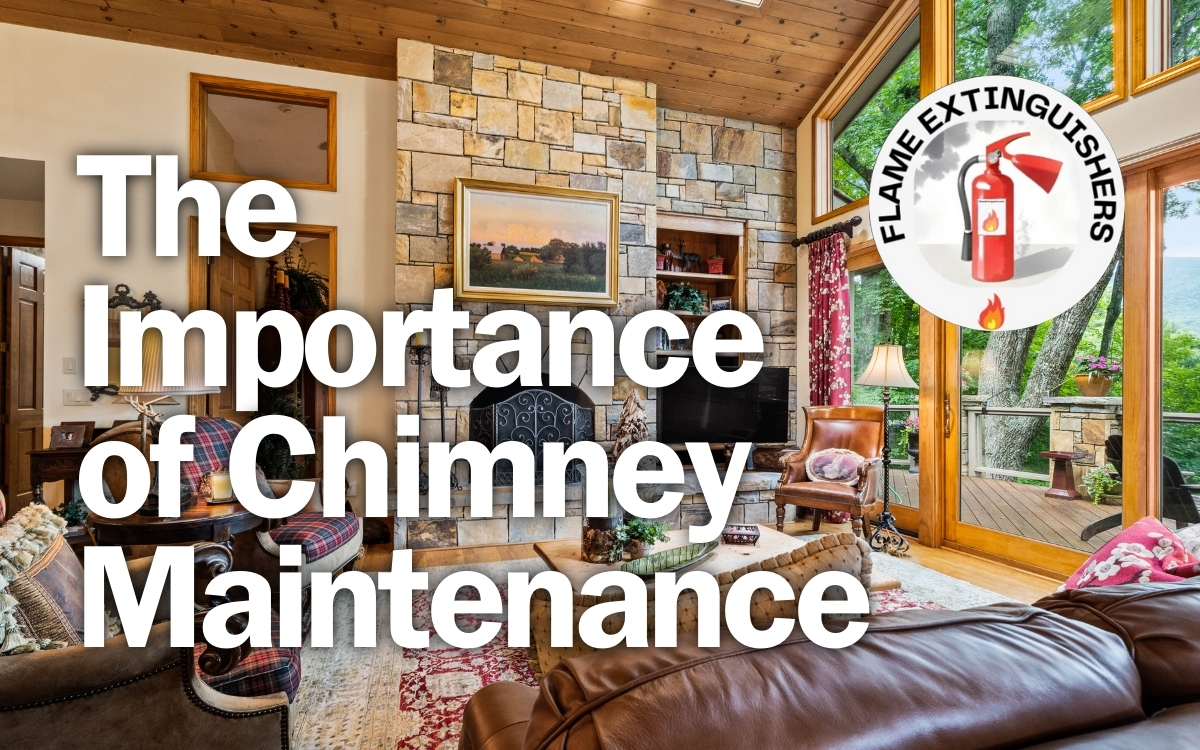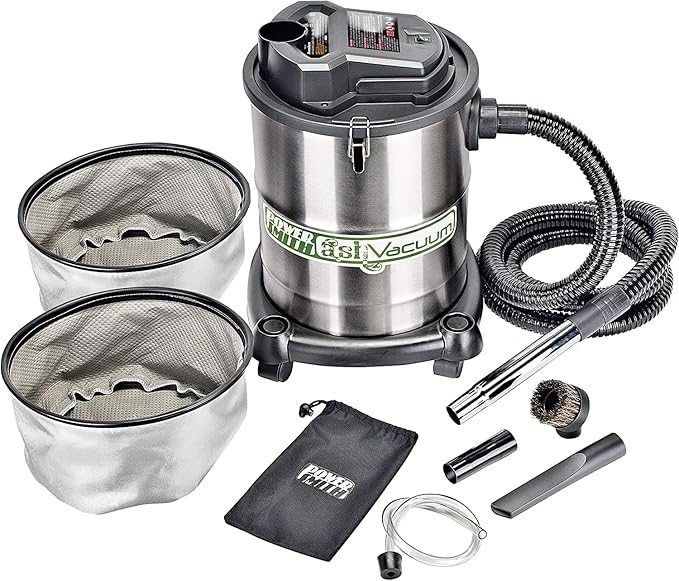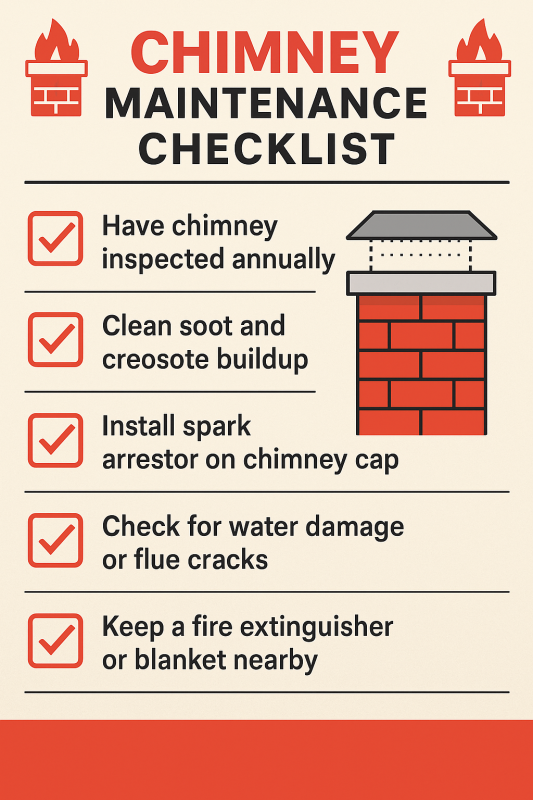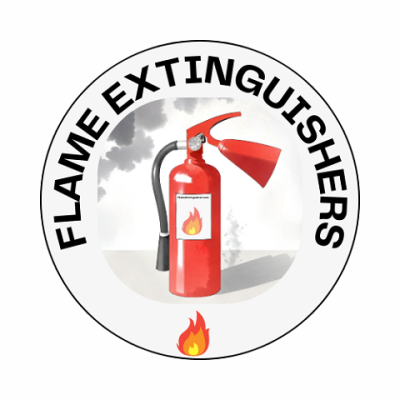By Michael McCloud | Updated September 2025

There’s nothing quite like the crackling glow of a warm fire on a cold night. But while your fireplace brings comfort and charm, neglecting your chimney could turn that cozy vibe into a four-alarm emergency.
Chimney maintenance isn’t just about cleanliness — it’s a critical component of home safety. In fact, chimney fires cause over 25,000 home fires in the U.S. every year, according to the Chimney Safety Institute of America (CSIA). So, let’s talk about how to keep your chimney clear, your home safe, and your fire-burning nights worry-free.
🔍 Why Chimney Maintenance Is Non-Negotiable
Let’s start with the obvious: chimneys get dirty. Every fire you light leaves behind soot and a sticky, flammable substance called creosote. Over time, this builds up inside the chimney walls — and when it gets thick enough, it only takes a spark to ignite a chimney fire.
According to the National Fire Protection Association, heating equipment (including fireplaces and chimneys) is the second leading cause of home fires. Worse yet, these fires are more likely to result in fatalities.
So, while chimney maintenance might not be as sexy as installing smart lights or new kitchen countertops, it’s arguably more important.
⚠️ Warning Signs Your Chimney Needs Cleaning
Think of your chimney like your car’s engine — ignore the signs, and eventually, you’ll pay for it. Here are red flags you shouldn’t ignore:
🔥 Thick Black Buildup
If you spot heavy, tar-like residue (that’s creosote) around the flue, it’s past time to clean.
🔥 Smoky or Strange Odors
Unusual smells drifting into your home after using your fireplace? That’s often creosote or soot buildup.
🔥 Difficult Fires
If your fires are hard to start or smoke seems to linger, your chimney may be clogged or inefficient.
🔥 Birds or Nesting Debris
Critters love warm, quiet places. Unfortunately, that can include your chimney. Nesting materials are extremely flammable.
🔧 Helpful Tools on Amazon:
- 🔍 LED Telescoping Inspection Mirror – Helps you peek into the flue
- 📸 WiFi Chimney Inspection Camera – For those that want no stone unturned – a full internal view
📅 How Often Should You Clean a Chimney?
Here’s the rule of thumb, straight from the CSIA:
Clean your chimney at least once a year, or after every 50–70 fires.
But let’s add some nuance. If you use softwoods like pine, which create more creosote, clean more frequently. If your fireplace is more for ambiance than heat, annual cleanings may suffice.
👉 Pro Tip: Mark your calendar each fall before fire season kicks in — chimney cleaning should be as routine as a furnace tune-up.
🧰 Best Tools for DIY Chimney Cleaning
Yes, you can clean your chimney yourself — if you’re comfortable on a ladder and okay with getting dirty. Below are some high-quality tools (and affiliate-ready picks) you can confidently recommend:
🧼 Chimney Cleaning Must-Haves:
| Tool | Purpose | Product |
|---|---|---|
| 🧹 Chimney Brush Kit | Scrubs creosote from flue walls | View on Amazon → |
| 🔄 Rotary Chimney Brush Drill Kit | Option to attach to a drill for deeper clean | View on Amazon → |
| 💨 Ash Vacuum | Safe removal of fine ash | View on Amazon → |
| 🧤 Fireproof Gloves | Hand protection while cleaning | View on Amazon → |
💡 Pro Tip: Start from the bottom using a rotary kit if your chimney access is tight or if roof access is dangerous.
🚨 What If a Chimney Fire Starts?
Despite your best efforts, things can go south. A chimney fire usually starts with a loud roaring sound, intense heat, and maybe even embers shooting from the chimney cap.
Here’s what to do — quickly and safely:
🚪 Step-by-Step Emergency Plan:
- Evacuate the house — Get people and pets out.
- Close the damper (if safe) — This slows oxygen flow to the fire.
- Call 911 immediately — Don’t try to fight large fires alone.
- Use safety gear only if fire is small and contained.
🧯Recommended Fire Control Tools:
- 🛡️ Prepared Hero Fire Blanket
- 🧯 First Alert EZ Fire Spray
- 🚗 First Alert AUTO5 – 5-B:C Auto Fire Extinguisher
🔥 Remember: You can smother a grease fire. You can douse a candle. But chimney fires? That’s a 911 situation.
🧑🔧 DIY vs. Professional Chimney Cleaning
Let’s be honest — not everyone’s cut out for chimney cleaning. Here’s how to decide:
👍 DIY Cleaning Is Okay If:
- You have a short, straight flue
- You use your fireplace occasionally
- You have proper gear and confidence
❌ Call a Pro If:
- There’s a bend in the flue (hard to clean)
- You see heavy creosote glaze
- Your chimney hasn’t been cleaned in 2+ years
- You recently moved and don’t know its maintenance history
Look for CSIA-certified professionals — they’re trained to inspect, clean, and flag structural risks.
🧠 Final Thoughts + Seasonal Chimney Maintenance Checklist
At the end of the day, a fireplace is a luxury — but also a responsibility.
Keeping your chimney clean protects your home, your family, and your peace of mind. Whether you go full DIY with a drill-powered brush or call in the pros, you’re making a smart investment in home safety.
📝 Quick Checklist:
- ✅ Annual chimney inspection
- ✅ Clean soot and creosote buildup
- ✅ Install spark arrestor on chimney cap
- ✅ Check for water damage or flue cracks
- ✅ Keep a fire extinguisher or blanket nearby
👉 Want to go deeper? Check out our post on Home Fire Escape Plan 101 and our Best Fire Extinguishers for Homeowners for more tools to protect what matters.
Keep the Fire in the Fireplace — Not in Your Walls
Don’t wait until winter to think about chimney safety. Stock up on cleaning tools, fire blankets, and extinguishers today.

